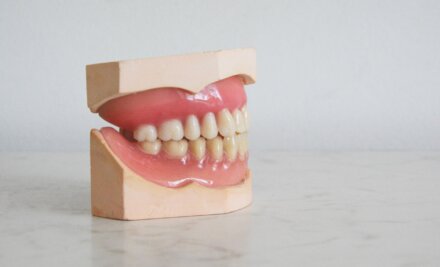If your tooth is discolored due to internal issues, our doctors use advanced dental technology to perform single tooth whitening. The colors a patient may observe include yellow, gray, and pink. Reasons a single tooth – or a couple – may be discolored include: trauma from an accident, excess forces from occlusion, or an unsuccessful endodontic treatment you experienced in the past. Our endodontists use oxidizing agents inside the tooth, restoring it to its natural color and luster.
Reach out to Integrative Endodontics to schedule a consultation, and our doctors can recommend the right course of treatment for you. Book your consultation →
Single Tooth Whitening
FAQs
Based on the cause and extent of your tooth’s discoloration, the procedure is customized to you. The procedure begins with a preparation period, followed by placement of a hydrogen peroxide gel inside the tooth, which remains in your tooth for one week. You then return to remove the whitening gel and have a new, white, permanent filling placed back into the tooth. Some teeth can be whitened in a single visit using dental lasers at Integrative Endodontics.
While we do not offer whitening for a full set of teeth, we can provide you with recommendations for fellow practitioners nearby. If you are interested in beauty protocols, our founder, Dr. Valerie Kanter, also coordinates and offers esthetic services through CARE Esthetics Los Angeles, at the same convenient location as Integrative Endodontics.
When more than one of your teeth has internal issues causing its discoloration, our doctors will discuss your options for this procedure on more than one tooth.
We use the latest and safest technologies, including gentle lasers, to whiten your tooth internally.
Because we whiten the inside of your tooth, rather than the outside, it can only be performed safely after a tooth undergoes a root canal treatment.




